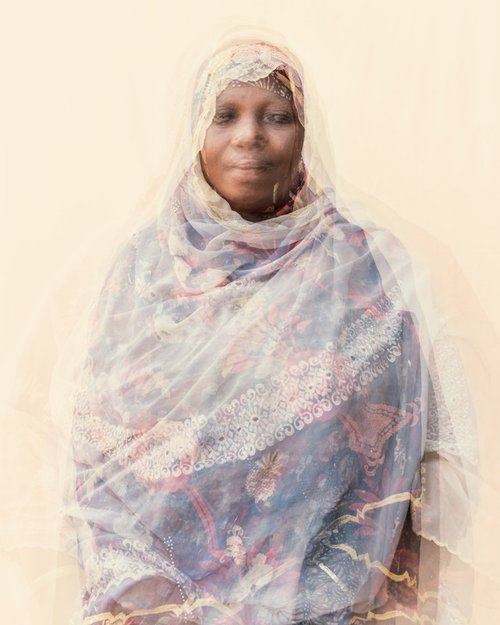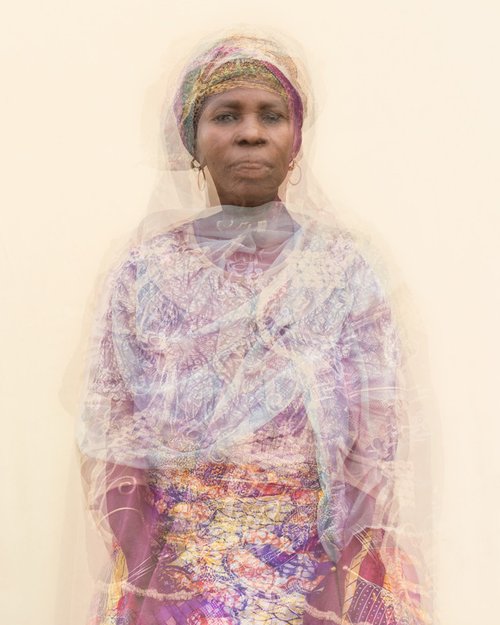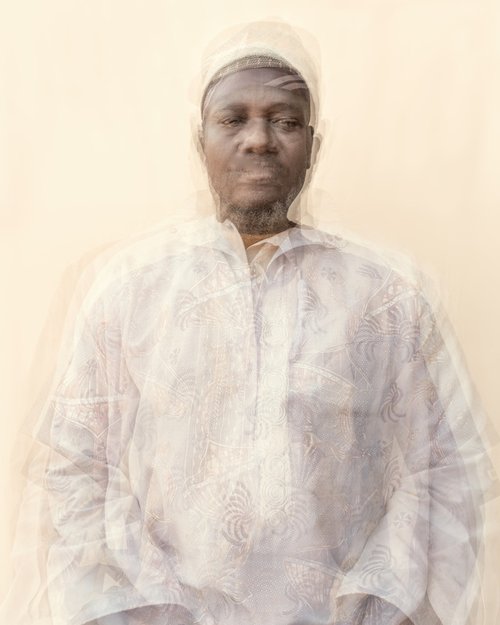Portrait Type
© Fabrice MonteiroFor this series, Fabrice Monteiro undertakes to revisit the photographic technique of the “composite portrait” developed around 1878 by Francis Galton. this technique will first be used to define the typical portrait of the criminal. Later Arthur Batut (1846-1918) proposed using this same technique to create the standard portrait of a family, an ethnic group or a race. The process consists of a precise superposition of portraits of individuals belonging to the same group. the result is supposed to give a representative portrait of the group, leaving only the main features to appear in the image.
Ironically, the "Enlightenment" saw the birth of racialism in Europe and this will serve as a tool to classify men and, at the same time, divide them. For this project, he is also interested in the work of European pioneers of photography in Africa from the end of the 19th century, in particular the work of Edmond Fortier in West Africa. These images became postcards that we snatched up in Europe and were captioned “Wolof type” or “Peul type” as one would do to describe the local fauna or flora and if you combine that with human zoos which were hugely successful in Europe at the same time, you get a relentless machine of dehumanization.”
The objective is to demonstrate that the notion of race being totally subjective, the use of photography to identify them was very disappointing. On the other hand, it was a very effective tool in the construction of a certain image of Africa and Africans and as a propaganda tool for the colonial "work". “All these pseudo-scientific methods have not been very successful and trying to demonstrate the difference between men by means of photography has proven impossible. Probably because photography does not lie”.
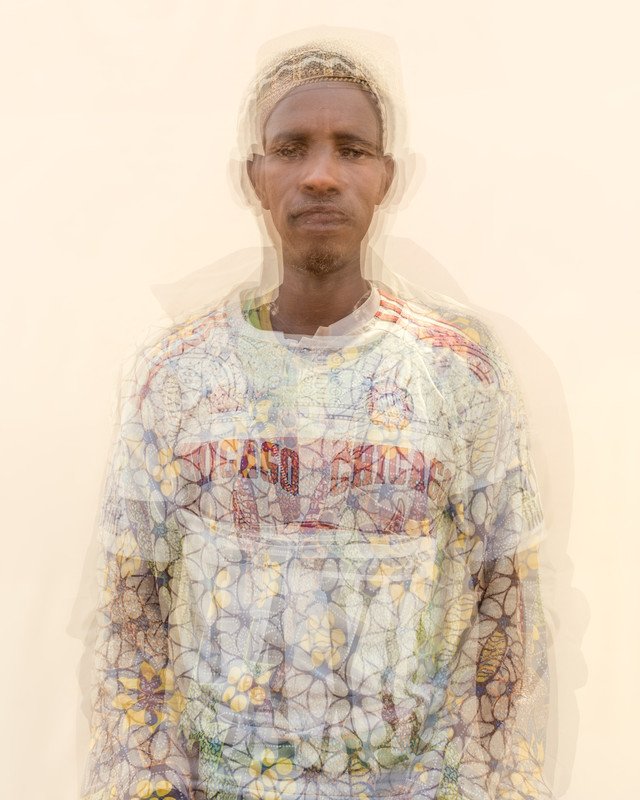
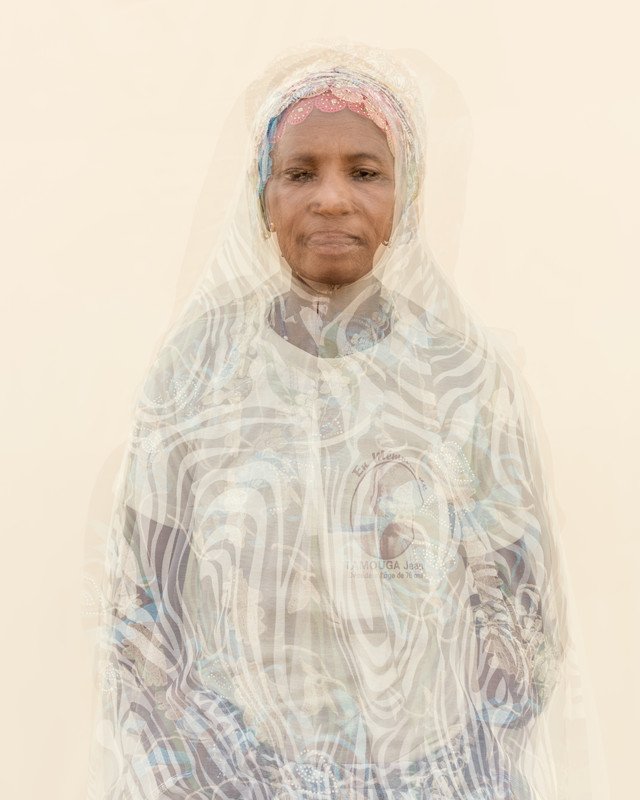
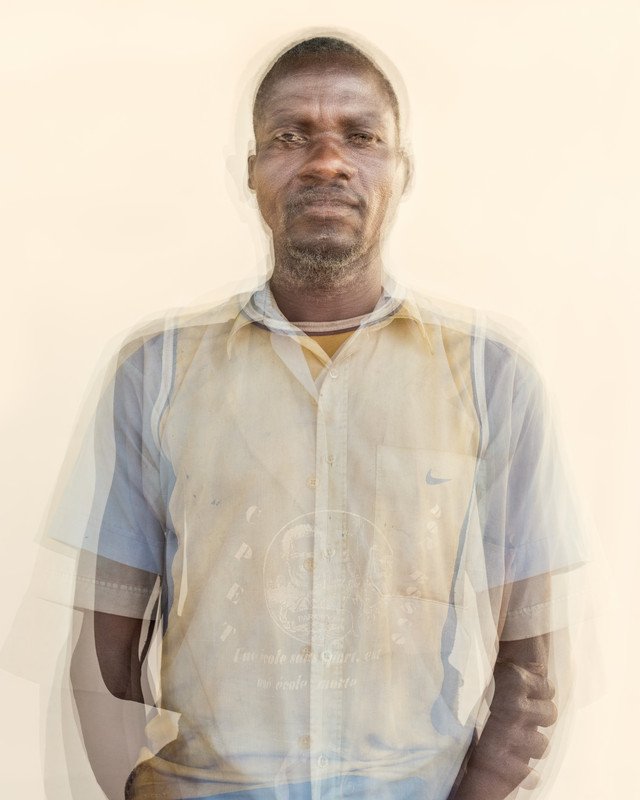
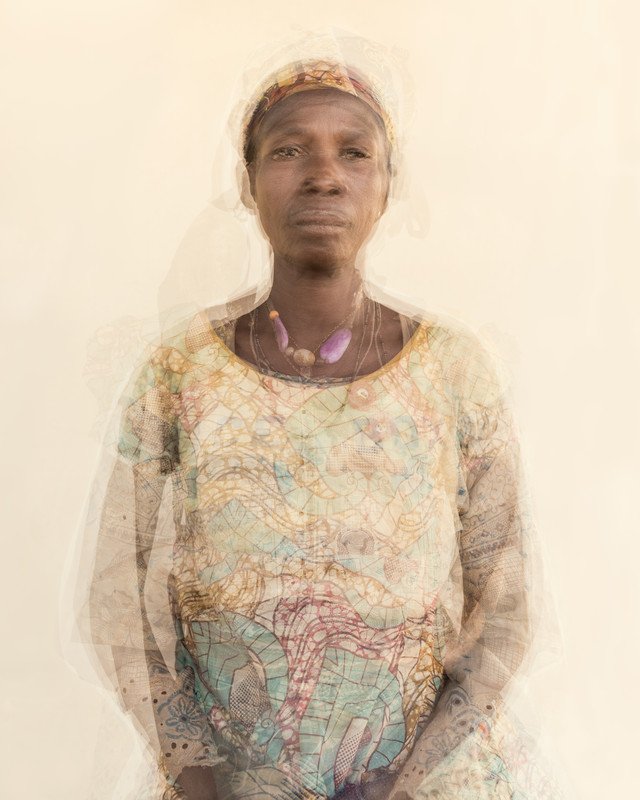
Fabrice Monteiro crisscrossed Benin to meet its many ethnic groups: The Fulani in Tanguieta in the north - The Somba in Koussou, the Yoms in Sapaha, near Djougou, the Dendi in Songo, the Noms and the Baribas in Boko near Parakou, the Tofin in Sohava on the Aguegués side, the Nago in Pobé on the Porto Novo side, the Fons in Lokozon on the Abomey side. . He works in digital and film. All ages are represented. Each portrait is composed of 6 superimposed portraits of individuals belonging to the same ethnic group. “La femme Type Fon” is the result of six photos of women superimposed: “the final portrait does not resemble any of them and resembles all of them at the same time. From a distance we can see a face and when we get closer we can read the superposition of faces”. He respected the operating process of the time with a backdrop installed on a removable frame, a height-adjustable stool and a support system at the back of the head so that the subjects stand up straight, their eyes the central reference.
click to view the complete set of images in the archive

